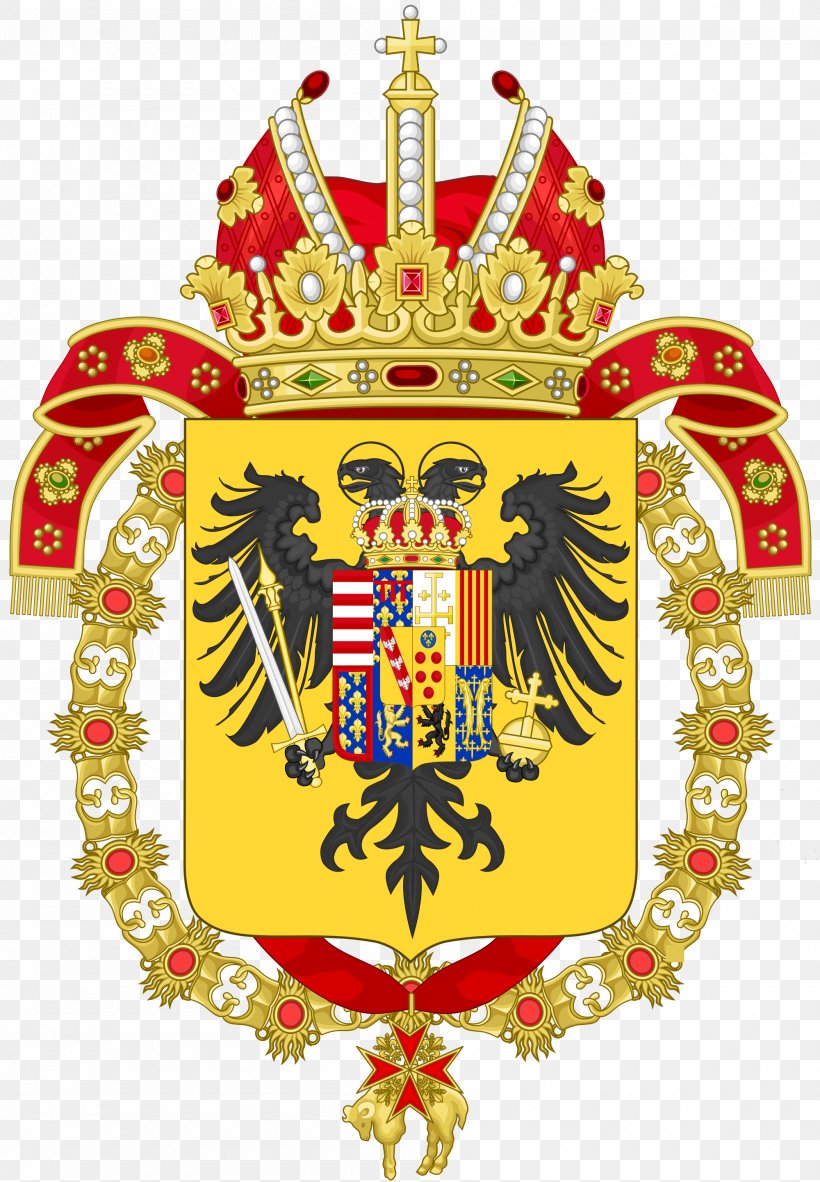
Holy Roman Empire Kingdom Of Bohemia Ancient Rome Holy Roman Emperor Coat Of Arms, PNG
The Process of Petition for Grant of Arms An application for a grant of arms should be made to the Chief Herald, by formal petition, setting out, in the case of a personal application, basic personal information and accompanied by supporting certificates or other appropriate documents.
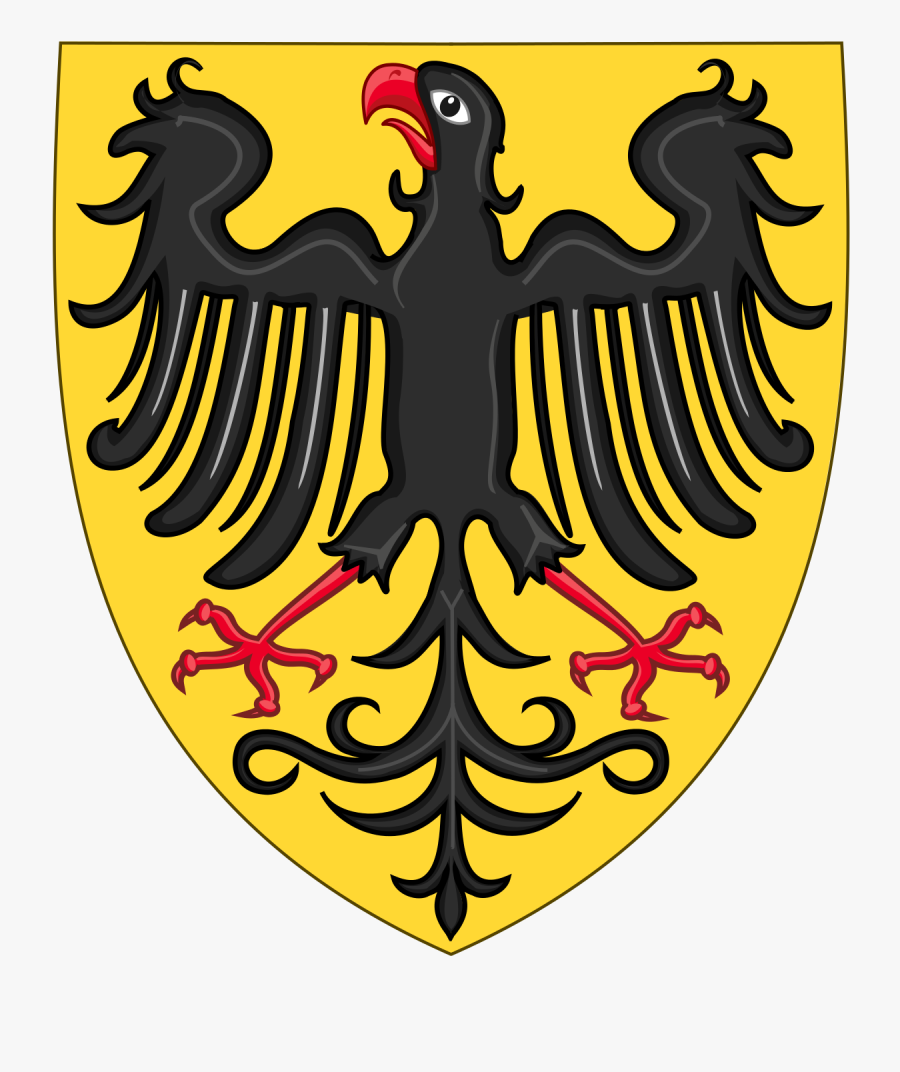
Holy Roman Empire Coat Of Arms , Free Transparent Clipart ClipartKey
The Reichsadler ( German pronunciation: [ˈra͜içs|aːdlɐ]; "Imperial Eagle") is the heraldic eagle, derived from the Roman eagle standard, used by the Holy Roman Emperors and in modern coats of arms of Germany, including those of the Second German Empire (1871-1918), the Weimar Republic (1919-1933) and Nazi Germany (1933-1945).
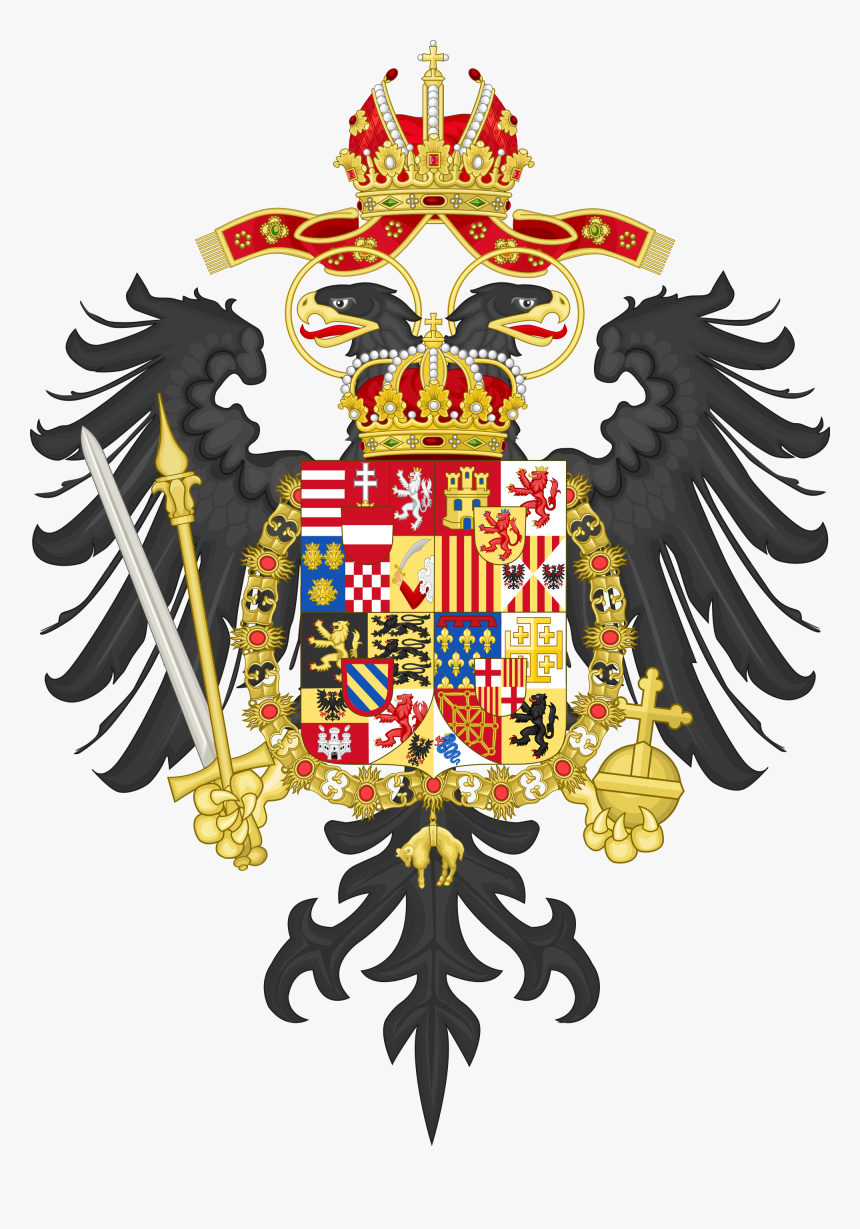
Holy Roman Empire Coat Of Arms, HD Png Download kindpng
Coat of Arms of Holy Roman Empire & Empire of Austria (1804-1806) In 1804, Holy Roman Emperor Francis II founded the Austrian Empire and became Francis I, the first Emperor of Austria, ruling from 1804 to 1835. On the middle coat of arms, a split shield with the three crowns of Galicia and the beams of Lodomeria was used.

Coats of arms of the Holy Roman Empire Wiki Holy roman empire, Roman empire, Roman emperor
Over its long history, the Holy Roman Empire used many different heraldic forms, representing its numerous internal divisions . Imperial coat of arms Greater Coat of arms of emperor Joseph II, c. 1765 -1790) Imperial Habsburg coat of arms, for Rudolf II, from Siebmachers Wappenbuch (1605).
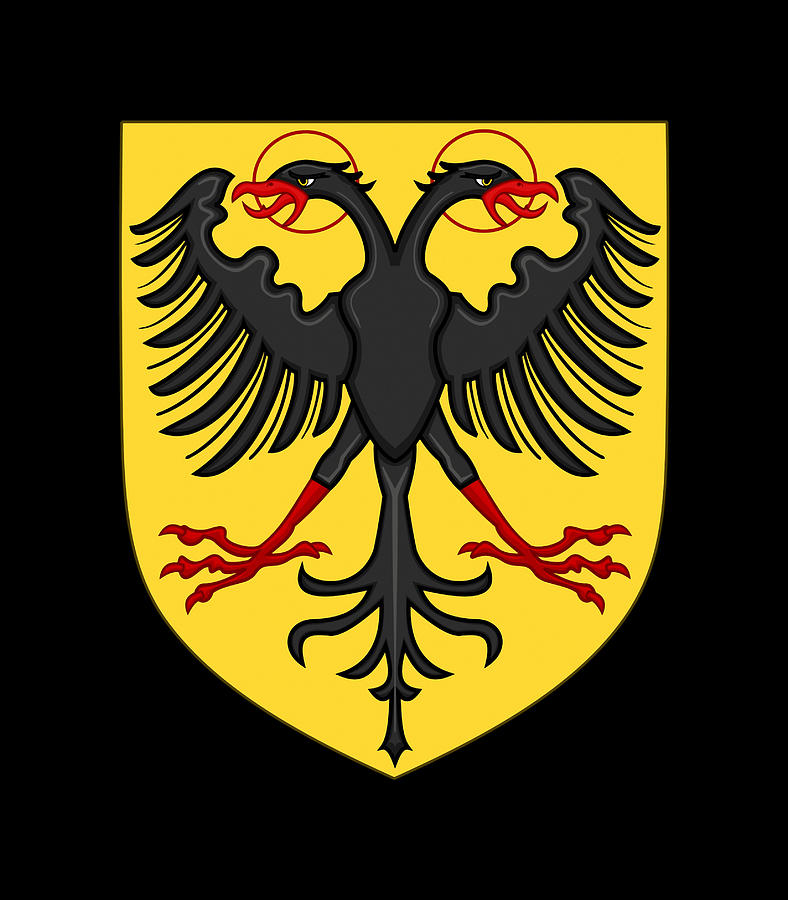
Holy Roman Empire Coat Of Arms Medieval Heraldry Digital Art by Quynh Vo
Back in Antiquity Roman emperors had chosen the eagle as an emblem of their power. The East Roman or Byzantine Empire, successor to the Roman Empire, adopted this seigniorial symbol and added a second head to the originally one-headed Roman eagle.

CategoryOrnamented coats of arms of Holy Roman Emperors Wikimedia Commons Roman emperor
Overview of the many coats of arms of the Holy Roman Empire / From Wikipedia, the free encyclopedia Dear Wikiwand AI, let's keep it short by simply answering these key questions: Can you list the top facts and stats about Coats of arms of the Holy Roman Empire? Summarize this article for a 10 years old SHOW ALL QUESTIONS

Holy Roman Empire Wikipedia
File:Coat of arms of the Holy Roman Empire (1200 - 1400).svg From Wikimedia Commons, the free media repository File File history File usage on Commons File usage on other wikis Metadata Size of this PNG preview of this SVG file: 506 × 600 pixels.
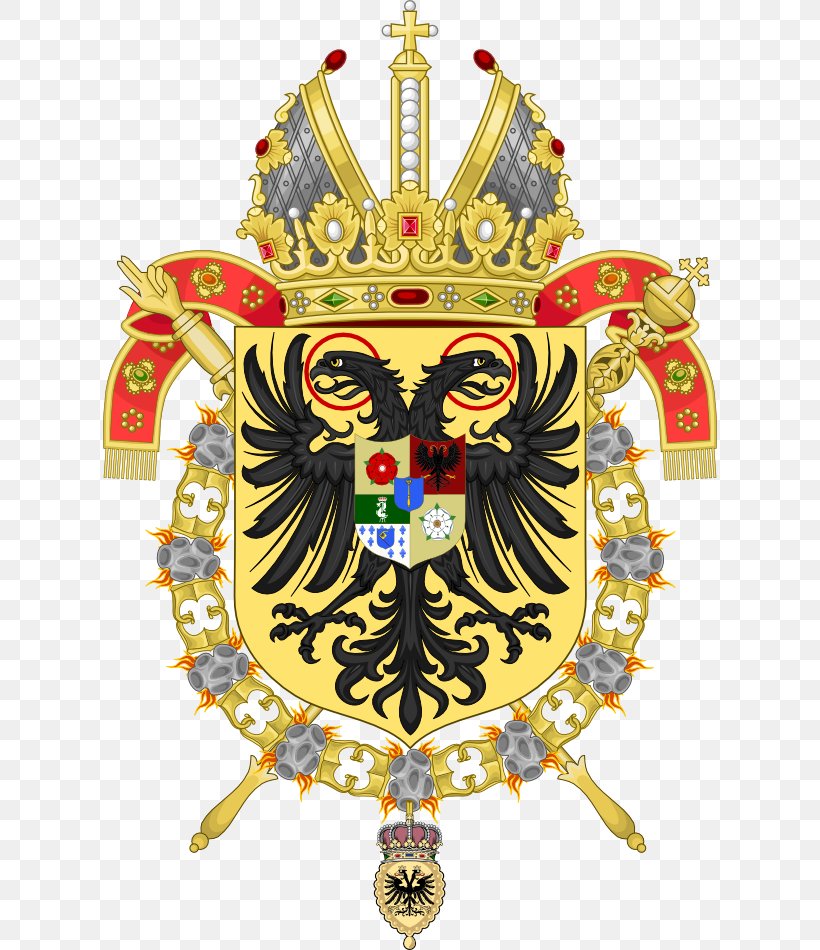
Coats Of Arms Of The Holy Roman Empire Coat Of Arms Of Charles V, Holy Roman Emperor, PNG
Name and general perception The double-headed eagle with coats of arms of individual states, the symbol of the Holy Roman Empire (painting from 1510) Since Charlemagne, the realm was merely referred to as the Roman Empire. [38]

Greater Coat of Arms of Joseph II, Holy Roman Emperor.svg Holy roman empire, Coat of arms
Charles V, Holy Roman Emperor [1] was the heir of several of Europe's leading royal houses. In 1506, he inherited the Burgundian Netherlands, which came from his paternal grandmother, Mary of Burgundy.

Holy Roman Empire Coat Of Arms by saracennegative on DeviantArt Holy roman empire, Empire
Looking For Holy Roman Empire Coat Of Arms? We Have Almost Everything On eBay. But Did You Check eBay? Check Out Holy Roman Empire Coat Of Arms On eBay.

Pin on HERALDRY
The Reichsadler ("Imperial Eagle") was the heraldic eagle, derived from the Roman eagle standard, used by the Holy Roman Emperors and in modern coats of arms of Germany, including those of the Second German Empire (1871-1918), the Weimar Republic (1919-1933) and the "Third Reich" (Nazi Germany, 1933-1945).The same design has remained in use by the Federal Republic of Germany since 1945, but.
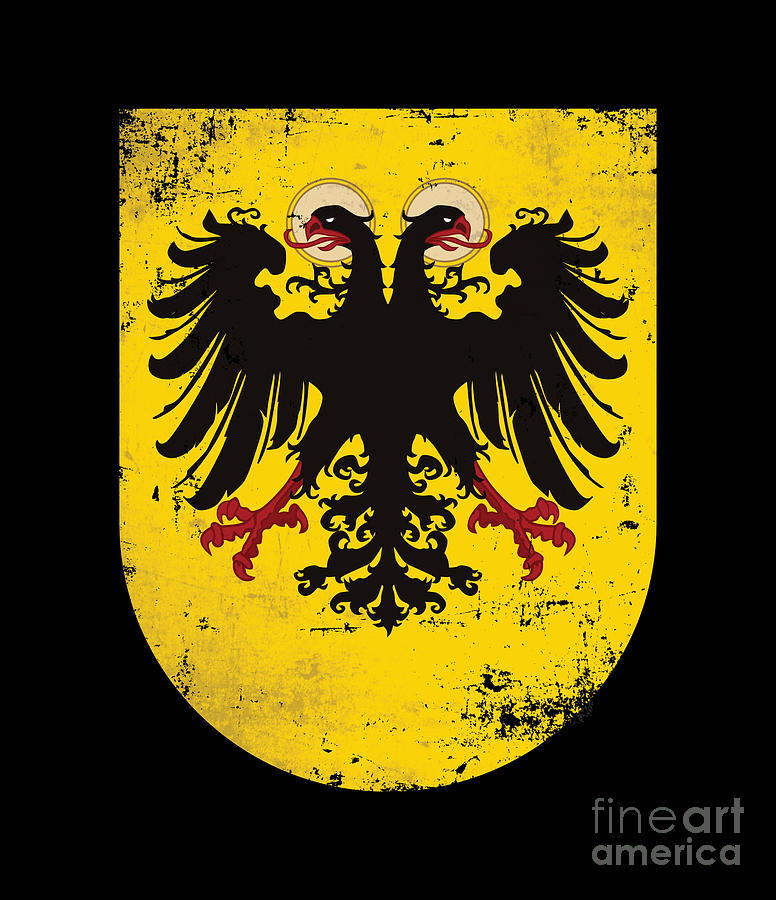
Holy Roman Empire Double Headed Eagle Coat of Arms Digital Art by David Liuzzo Pixels
The Holy Roman Empire's influence can be seen in Germany's coat of arms as well. The Bundesadler, or Federal Eagle, as it appears on the German government flag, has its origins in the aquila, a Roman symbol that represented both the emperor and their most powerful god. Banners of the Holy Roman Empire

Centralized Holy Roman Empire by TiltschMaster on DeviantArt
Coat of Arms; Holy Roman Empire Ancient arms. Holy Roman Empire Arms used after 1402. Holy Roman Emperors & Kings of the Romans; Lothair III of Supplinburg Holy Roman Emperor 1133-1137 King of the Romans 1125-1137. Conrad III of Hohenstaufen King of the Romans 1138-1152.
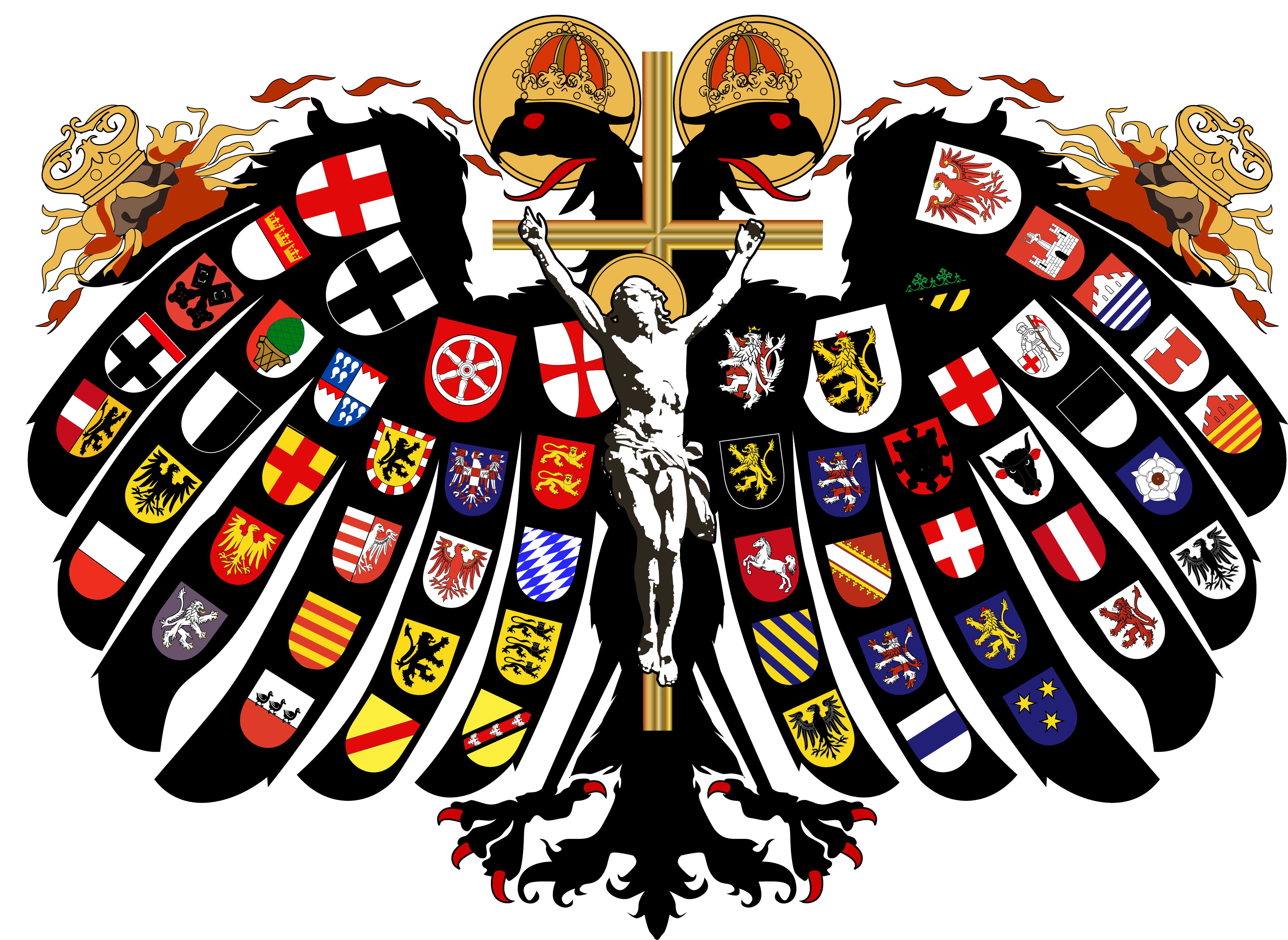
the "Quaternionenadler"; insanely detailed Coat of Arms of the Holy Roman Empire. [5,961px × 4
The Reichsadler (" Imperial Eagle") was the heraldic eagle, derived from the Roman eagle standard, used by the Holy Roman Emperors and in modern coats of arms of Germany, including those of the Second German Empire (1871-1918), the Weimar Republic (1919-1933) and the "Third Reich" (Nazi Germany, 1933-1945).
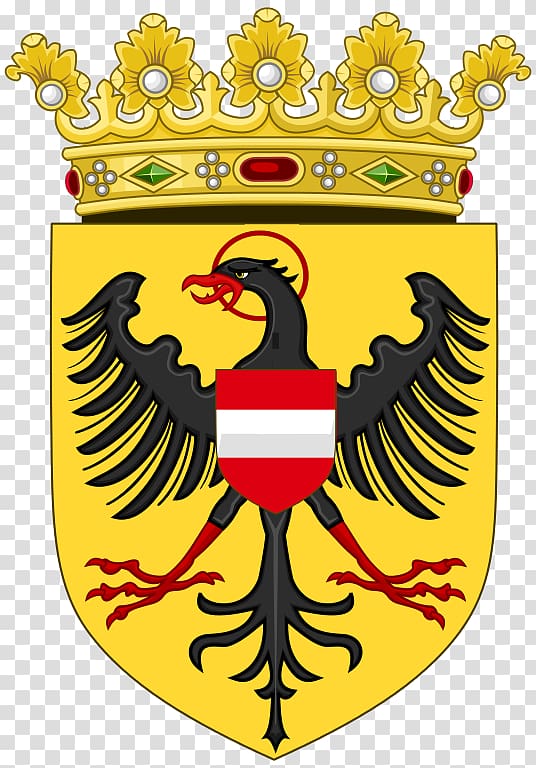
Holy Roman Emperor Coats of arms of the Holy Roman Empire Coat of arms King of the Romans
Coat of the Empire Quaternion Eagle, hand-coloured woodcut by Hans Burgkmair, c. 1510. Over its long history, the Holy Roman Empire used many different heraldic forms, representing its numerous internal divisions .
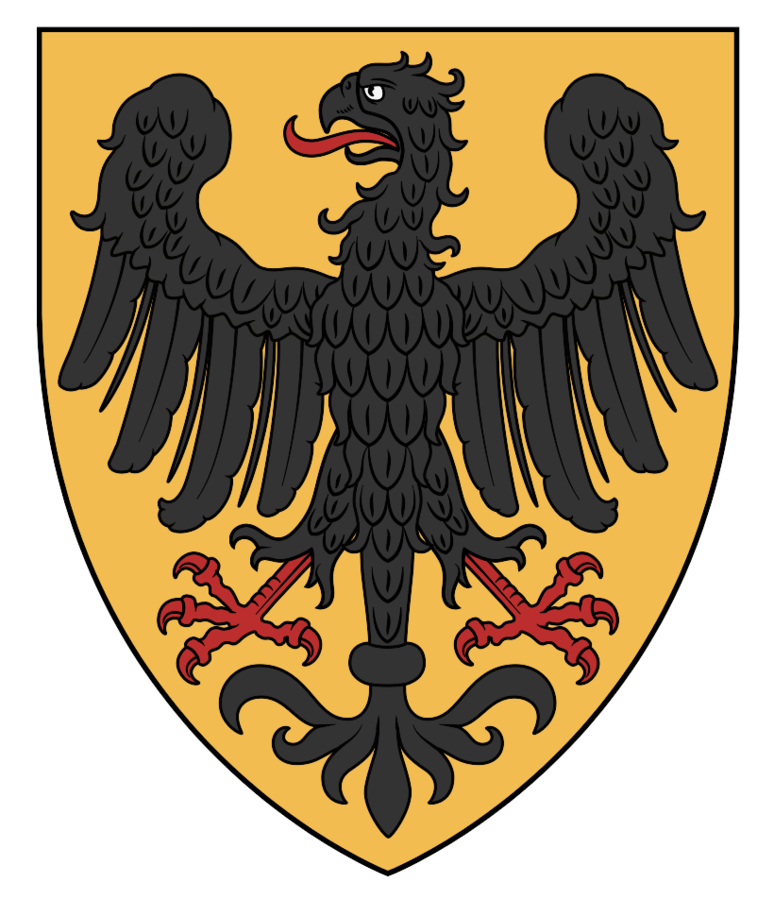
FileHoly Roman Empire Ancient.svg WappenWiki
From Wikimedia Commons, the free media repository Deutsch: Wappen des Heiligen Römischen Reiches · English: coats of arms of the Holy Roman Emprire · Français : armorial du Saint-Empire romain germanique · This category has become too crowded. It should list very few images directly. Files should be moved to subcategories where appropriate.